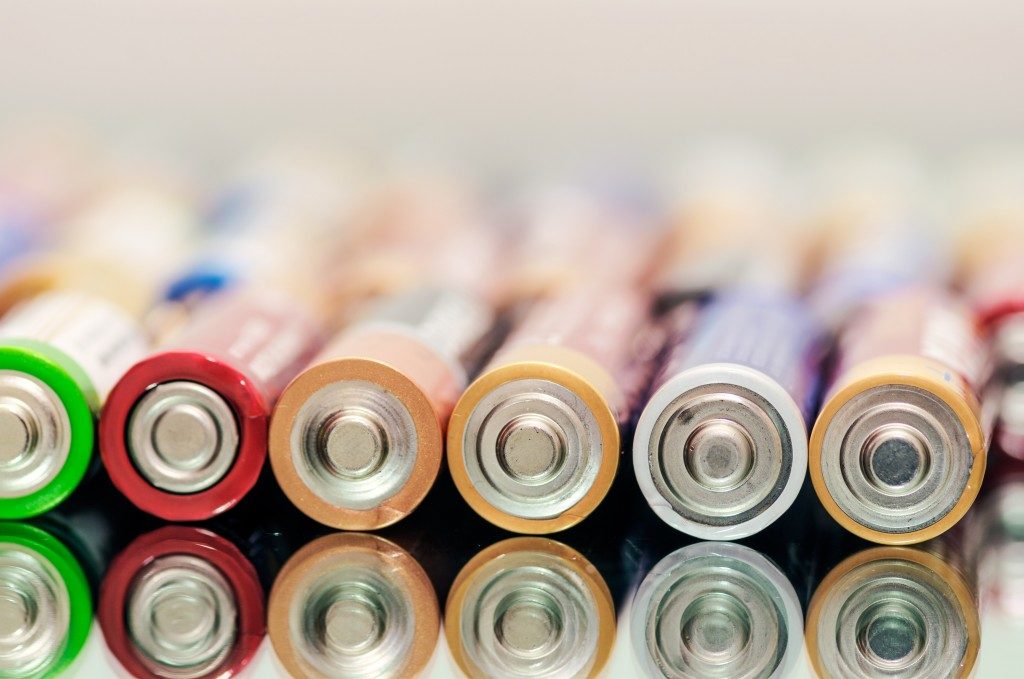Self-healing technologies have grown to expand to most assembly, manufacturing, and processing industries. In recent years, the energy sector has adopted self-healing batteries. This move has helped improve the performance and lengthen the service life of power batteries. With an emphasis on solar power generation, manufacturers of solar panel and products have integrated this technology to ensure their customers get optimal returns from their investment.
Everyone is chipping in
As one of the most innovative technologies in the energy sector, more and more industries are investing heavily to see how best they can improve this technology. Large energy companies, as well as governments and NGO alike, are investing in research work and regulating lithium commodity prices. Scientists and scholars alike are also focusing on studying the individual building block of self-healing energy solutions. To optimize the results here, they have been evaluating the performance of different batteries from the construction of the anode and cathode cells. Mainly, this cell evaluation has been around lithium, cobalt, nickel and graphite cells.
The results are encouraging
Thanks to state-of-the-art machinery, cell production using these different materials is precise to the designs that manufacturers create. That has reduced the time from idea inception to actualization to determine which of the given batteries have the highest self-healing properties. On that, lithium batteries have since shown that they can autonomously repair themselves whenever there are small tears from battery overuse. However, large cracks from mishandling of the batteries are somewhat a challenge for self-healing alone to be enough to repair them. But, following the objective of developing self-healing batteries, however, such instances are an acritical off-shoot to focus on.
The objectives

The primary objectives that battery manufacturers aim to achieve with this self-healing technology are two-fold. First, the durability of these batteries should be way higher than that of conventional batteries. But, that is not a major problem here as the test results of using lithium over other anode-cathode materials show lithium as a more superior material. Secondly comes the price of these batteries. The global lithium commodity price has been a little unstable over the years from the varying philosophies around its use. But since, the results from building self-healing batteries have had lithium as a preferred material. So, its price has constantly been rising and stabilizing than it has been before.
Addressing the price issue
Manufacturers of self-healing batteries now face the challenge to keep the cost of their batteries competitive. Moreover, the price of base material here—lithium—is almost non-negotiable. So, manufacturers have had to focus on other battery parts to reduce the overall cost of their self-healing batteries. Sourcing lithium and manufacturing the batteries in bulk seems to help a great deal here. But also, they have been looking for cheaper materials for encasing and packing the batteries. That, however, does not mean that they have compromised on the quality of their packaging.
Well, self-healing batteries have come a long way to achieve their current highly durable yet affordable status. But, they have been and still require the input of all stakeholders to optimize their performance. So, which role do you play here? How much can you help? How well can you apply these batteries in your industry?

